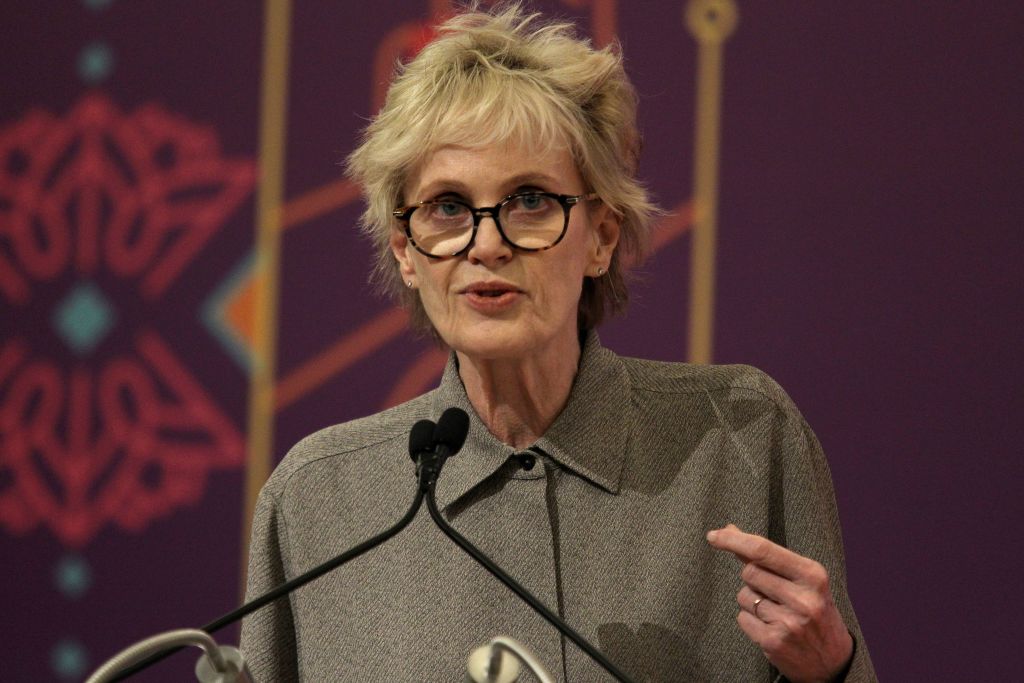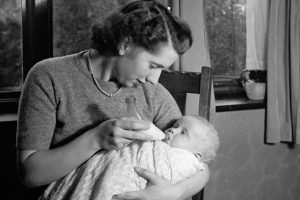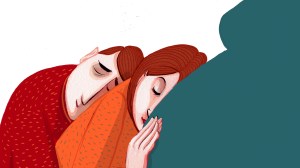Siri Hustvedt, Mothers, Fathers, and Others (Simon and Schuster, 304 pages)
An essay by Honor Jones for The Atlantic went viral last month. It was entitled “How I demolished my life” and was a how-divorce-altered-me piece, something of a bildungsroman for the fortysomething woman. One paragraph in particular caused enormous offense on social media:
How much of my life — I mean the architecture of my life, but also its essence, my soul, my mind — had I built around my husband? Who could I be if I wasn’t his wife? Maybe I would microdose. Maybe I would have sex with women. Maybe I would write a book.
Many found the essay galling because it intellectualizes a decision that many married couples go through. It seemed to make the decision of divorce into a fundamentally self-serving, self-interested one.
Twitter raged with accusations that Jones had destroyed her family because she was was “bored” or because she didn’t want to “step on another crumb” (much of the piece described Jones’s despair at the mess of her family house). More than one Twitter user called for the “end of the personal essay.”
According to her detractors, Jones’s piece was bad because it was so limited, so individual, both in its focus and in its justifications for the divorce. While I find it hard to believe that anyone would really divorce someone over the state of their Plain English kitchen — this is surely a metaphor for stultifying domesticity? The mad woman on the marble countertop? No? — it was hard to deny that the essay lacked breadth and interest for a reader who wasn’t also the author.
But elsewhere in the world of personal essays, we find the ghostly figures of Emily Brontë, Herman Melville, George Eliot, Sigmund Freud, Louise Bourgeois, Cecile Løveid — the list goes on.
Siri Hustvedt is not afraid of an eclectic range of subjects in her new collection Mothers, Fathers, and Others. Hustvedt — the author of bestselling novels such as The Blindfold and What I Loved — approaches feminist philosophy, psychoanalysis, personal biography, and literary criticism with equal wit, flair, and sensitivity. An essay on Wuthering Heights rubs shoulders with one on the difficulties of modern translation, and a personal piece about Hustvedt’s “ornery, fat, and formidable” grandmother bumps into anecdotes of male chauvinism in the 1970s.
But the essays are far from disparate or incoherent. Hustvedt’s insight into her private life — she vividly describes being “awash in fluid” as her daughter was born — gives new meaning to the philosophy she quotes. Adrienne Rich and Freud are made radically personal and relatable. The whole collection is joined in a dance of simultaneous difference and similarity.
Take as an example Hustvedt’s illuminating description of the struggle of the artist Louise Bourgeois. Hustvedt describes how Bourgeois continually struggled against “the degree to which the perceptual expectations for a work of art made by a woman in our culture conspire to smother, if not kill it, especially if the work takes on questions of sexual difference, the body, emotion, and autobiography directly.”
It is difficult initially to grasp what Hustvedt means: is women’s art smothered by the expectations of its femininity? Are these expectations made more dangerous, more fatal when combined with autobiography and emotion? As a bastardized paraphrase, I propose “what a society expects a woman’s art to be often limits it.”
Over the context of Hustvedt’s essay collection, this recognition of the difficulty of portraying sexual difference, the body, and autobiography becomes radical. Hustvedt may be writing about Bourgeois, but the difficulty she describes is also one she faces. Her essays veer between embodied autobiography and more incorporeal intellectual inquisition. As she puts it later in the text, “Art is the ‘I’ that is also ‘not-I’. It is ‘the alien familiar.’” The collection is a riot of genre-defying criticism-made-memoir, and biography-made-philosophy.
Why does Hustvedt’s collection succeed where Jones’s essay fails, given that both works cover the difficulties of motherhood? Hustvedt even seems to predict the outrage that Jones has been met with when she declares “there is nothing more outrageous or criminal in our culture than a mother who instead of doting on her children is out for herself.”
The answer is quite simple — beyond the fact that Jones’s essay had the misfortune of being readily available on social media while Hustvedt is currently only in hardback. While Hustvedt’s writing may well be personal — even her literary criticism is couched in her memories of reading books for the first time, and her more scientific or psychoanalytic passages are steeped in anecdote and individual history — she is continually preoccupied, if not obsessed, with the pesky presence of herself as a writer. She is the “I that is not-I”; she knows she cannot vanish, but she works to create something that exists beyond herself. Her essays are the equivalent of Bourgeois’s sculptures and installations; they were created by the artist — and bear her fingerprints — but they now stand independently of her.
The personal essay need not die. It just needs to find a life beyond its author.
Francesca Peacock is deputy online editor of The Critic.


















